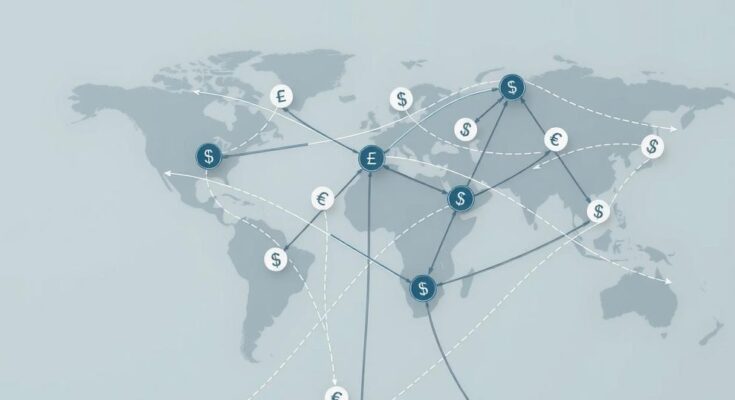US President Donald Trump is poised to announce sweeping reciprocal tariffs designed to address trade imbalances, igniting global anxiety about potential economic fallout. Set to take place during a Rose Garden event at 4 PM ET, this unveiling coincides with the US market close, marking an important moment in international trade discussions.
Declaring April 2 as ‘Liberation Day’, Trump asserts that such tariffs will diminish the United States’ reliance on foreign products. He boldly stated, “You would start with all countries, so let’s see what happens,” indicating an indiscriminate approach that dismisses the chance of targeted measures.
Prior to the announcement, Trump implied that India would significantly reduce its tariffs, reflecting his belief that many nations would follow suit after years of what he termed unfair tariff practices against the US. Notably, the White House highlighted that India currently imposes a hefty 100 per cent tariff on American agricultural exports.
The newly imposed tariffs include a 25 per cent charge on auto imports, following earlier levies on aluminium and steel. The reaction has been swift, with several countries preparing for retaliation. Ursula von der Leyen, head of the European Commission, voiced the EU’s preference for a negotiated outcome while affirming that “all instruments are on the table”. Meanwhile, China, Japan, and South Korea are coordinating their responses, as reported by Chinese media.
Concerns are mounting amongst leading financial institutions regarding Trump’s trade strategy, with worries that it may lead the US economy toward a recession. Goldman Sachs now estimates a 35 per cent chance of recession within the next year, up from 20 per cent, attributing this uptick to tariffs and shifting economic policies.
S&P Global has also pointed out that tariffs are dampening US GDP growth projections, stressing their negative impacts. The firm indicated that the spillover effects from a decline in sequential growth in the US are contributing heavily to the slowdown. Additionally, while European markets are expected to recover by 2026, the risks to the US economy remain significant due to ongoing policy uncertainty.
A CNBC survey revealed the slowest growth rate for the US economy since the post-pandemic recovery phase, with predicted first-quarter GDP growth dropping to a mere 0.3 per cent from a robust 2.3 per cent the previous quarter. This combination of policy unpredictability and extensive tariffs poses a stagflation threat, leading to an increasingly grim economic outlook.
The article discusses President Trump’s impending announcement of broad tariffs intended to address trade imbalances, stirring global economic fears. It highlights potential repercussions, including rising recession risks and economic slowdown, as seen in Goldman Sachs and S&P Global’s revised forecasts. The ongoing trade tensions could result in a significant downturn for the US economy following a sluggish post-pandemic recovery.
In summary, President Trump’s looming tariffs are causing global trepidation regarding economic stability. His approach, affecting all nations indiscriminately, raises serious concerns about a potential recession, as highlighted by updated forecasts from financial institutions. With GDP growth projected to hit a low and economic uncertainty prevailing, the repercussions of these tariffs are likely to echo through the international market for some time.
Original Source: www.business-standard.com



